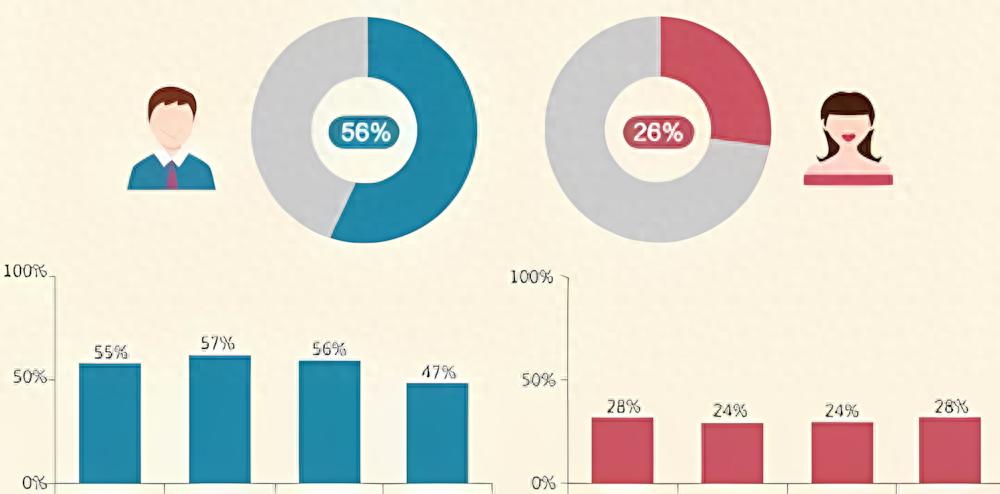Source: Market Information
Source: GF Futures Research
CSRC License No. [2011] 1292
Zhou Minbo Z0010559
Thursday, January 23, 2025
summary:
The impact of the Trump administration on steel is more reflected in indirect exports, and this impact is difficult to quantify. During his last term in office, Trump emphasized trade protectionism, canceled China's most-favored-nation treatment, imposed high tariffs on Chinese goods many times, and restricted China's indirect exports to the United States through third countries. Although steel exports have become an important marginal increase on the demand side, my country's steel exports to the United States are limited. In the first half of 2024, the United States has announced additional tariffs on a variety of Chinese imports such as steel, and steel tariffs have increased from 0-17% to 25%. In recent years, the proportion of my country's steel exports to the United States has declined year by year. From January to November 2024, my country's steel exports to the United States accounted for less than 1% of the total. Therefore, if the Trump administration adjusts its tariff policy after taking office, it will have limited impact on direct steel exports.
The biggest impact of the Trump administration's inauguration is on the export of downstream steel manufacturing products, such as machinery and equipment, automobiles, and home appliances. This will indirectly affect China's total steel exports, and this part of the impact will be greater than the direct export of steel. In 2018, the United States imposed tariffs on my country's finished manufacturing products, which led to a decline in China's exports of finished manufacturing products around 2019. In terms of automobiles, in May 2024, the United States has increased the tariffs on electric vehicles, lithium batteries and other products imported from China on the basis of the original "301 tariffs" on China. The total tax rate on electric vehicles has reached 102.5%. In 2024, the proportion of my country's new energy vehicles exported to the United States is less than 1%, and the impact is relatively limited. The main regions for my country's new energy vehicle exports are Western Europe, where there is a clear time for the elimination of fuel vehicles, and emerging markets such as Southeast Asia. The United States is not a major market. In terms of construction machinery, although the additional tariffs imposed by the United States will have a certain impact on my country's machinery and equipment, my country's exports are mainly to Asia, which accounts for 35% of my country's construction machinery exports. The European share has increased significantly in recent years and currently accounts for about 32%. The overall share of North America is about 7%. Among them, forklift exports to the United States account for about 15%, making it the third largest export region. Due to the large number of mechanical equipment categories, it is difficult to quantify the total amount, but the additional tariffs imposed by the United States on China will definitely affect the export of my country's manufacturing and other products. Specifically, in terms of steel varieties, it mainly affects plate products such as hot-rolled coils, medium and thick plates, cold-rolled, and galvanized.
In terms of iron ore, the inauguration of the Trump administration will not directly disrupt the supply and demand of iron ore, but the strong dollar and depreciation of the RMB exchange rate will increase the cost of dollar-priced imported goods such as iron ore. If the cost of iron ore remains high for a long time, it will squeeze the profits of the domestic steel industry.
In addition, after Trump comes to power, his policy propositions will also have an impact on my country's macroeconomic operations, and the domestic economy will face greater challenges and shocks, especially in the export sector, which is an important support for my country's economic growth. The domestic policy hedging strength and incremental space will be more critical.
Overall, the adverse impact of the Trump administration on steel is more on the export of downstream steel manufacturing products, mainly affecting plate products, and the direct export impact is limited. The continued strength of the US dollar will also increase the cost of imported raw materials and squeeze the profits of the domestic steel industry. In the face of uncertainty in US policies, domestic policy hedging and incremental space need to be focused on. Subsequent fiscal and monetary policies may stimulate infrastructure and real estate, but it is still difficult to reverse the negative growth forecast for crude steel demand throughout the year. Pay attention to the policy expectation gap.






